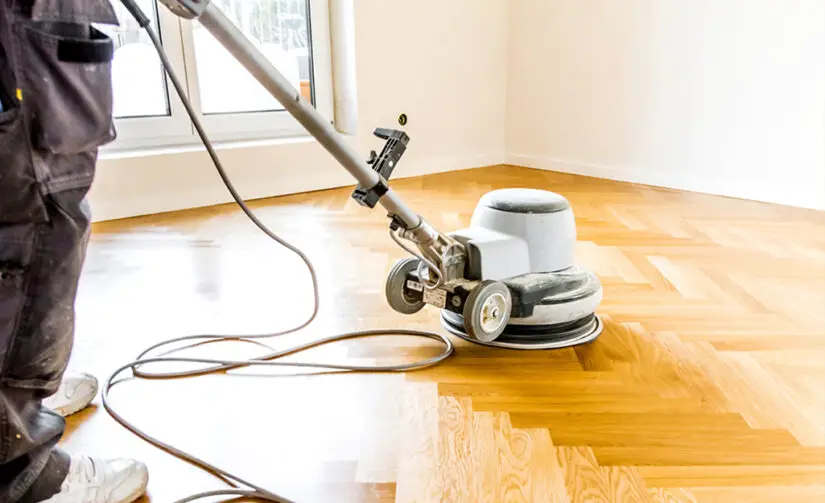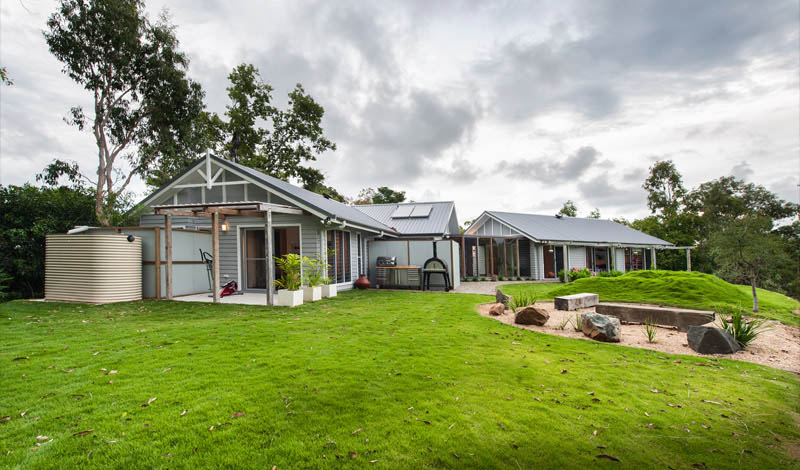Basement underpinning is a process used in construction to increase the depth (lower basement floor) or reinforce the foundation of an existing building. It involves excavating soil underneath the foundation walls and pouring a new, stronger foundation beneath them. This effectively extends the foundation deeper into the soil, providing more support for the weight of the building above.
Basement underpinning may be necessary if the original foundation is not strong enough to support the weight of the building or if the soil beneath the foundation has shifted or settled over time. It may also be used to create additional headroom in a basement or to add a new level to an existing building.
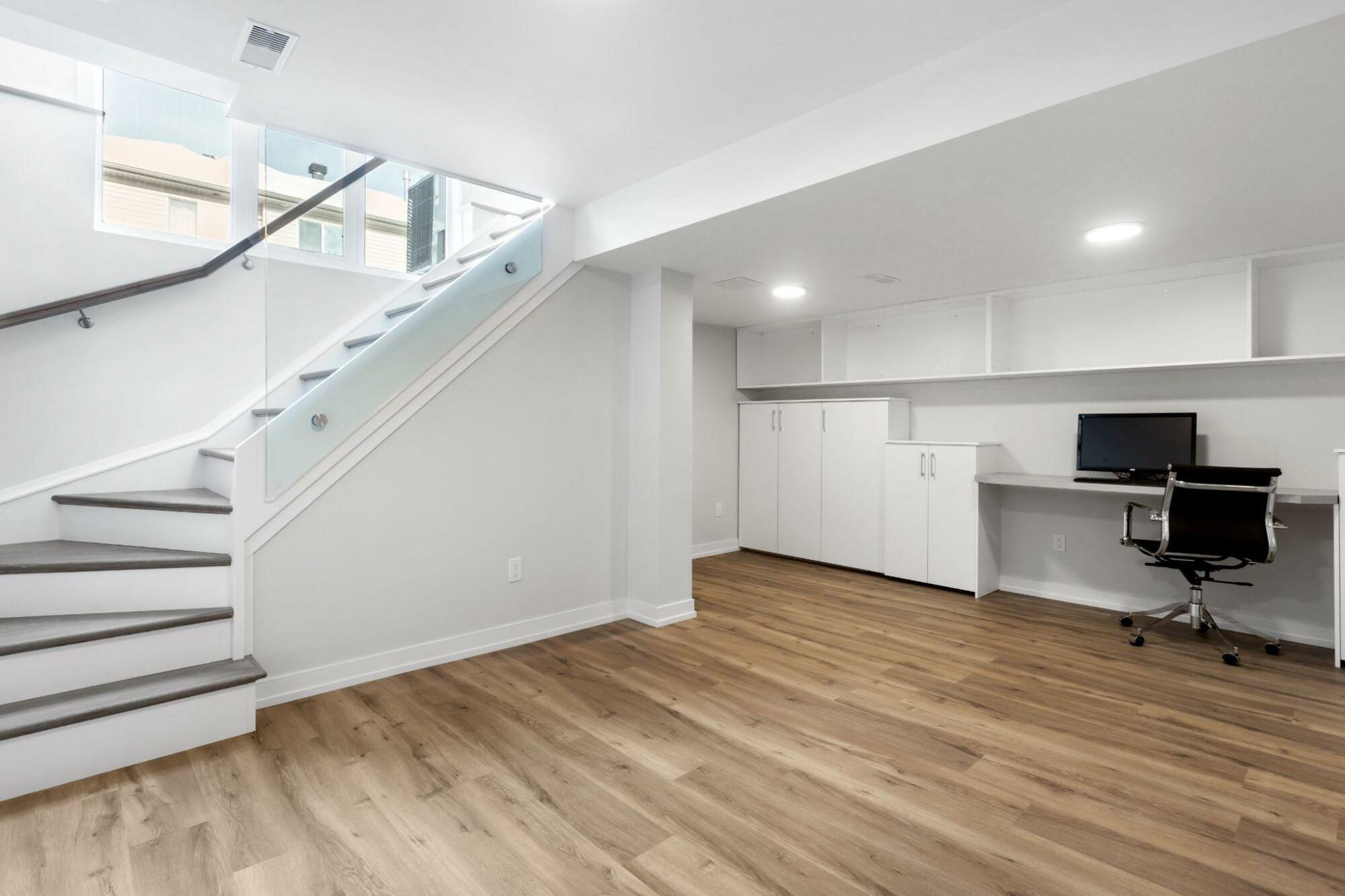
The popularity of basement underpinning varies depending on geographic location and other factors. In urban areas with older homes, basement underpinning may be more common as these homes tend to have shallow foundations and limited space for expansion. In areas with newer construction and deeper foundations, basement underpinning may be less common.
Overall, basement underpinning is a widely recognized and accepted construction method and is commonly used by homeowners and contractors to increase living space and improve the structural integrity of existing buildings.
The process of basement underpinning can be complex and requires specialized equipment and expertise. Going into the summer more and more homeowners are considering launching basement floor lowering projects. As summer is approaching, we wanted to go over the benefits of basement underpinning.
Benefits of Basement Underpinning
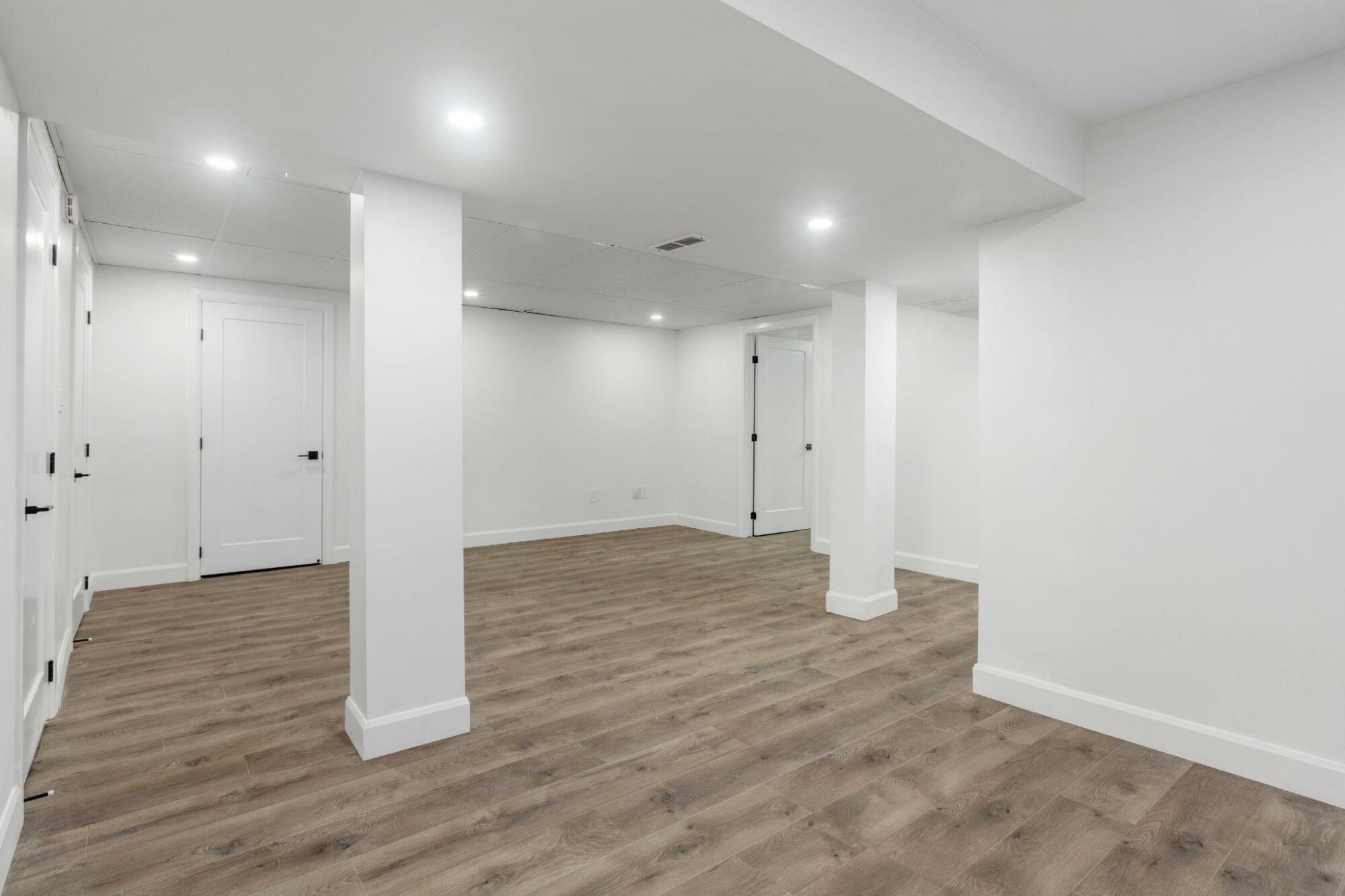
- Increased structural stability: Basement underpinning reinforces the foundation of a building, making it more stable and able to support the weight of the structure above.
- Additional living space: By lowering the basement floor through underpinning, you can create additional living space that can be used as a bedroom, family room, or other functional space.
- Improved insulation: Basement underpinning provides an opportunity to add insulation to the walls and floor of the basement, which can help to reduce energy costs and make the space more comfortable.
- Increased property value: Basement underpinning can increase the value of a property by adding living space and improving its structural integrity.
- Enhanced safety: Basement underpinning can reduce the risk of foundation failure or collapse, which can pose a safety hazard to occupants of the building.
With that said, for many homeowners basement underpinning is a way to increase the amount of space in their house and to turn the basement into a full usable floor.
In addition, many homeowners consider basement underpinning when they are working on their waterproofing and foundation repair projects.
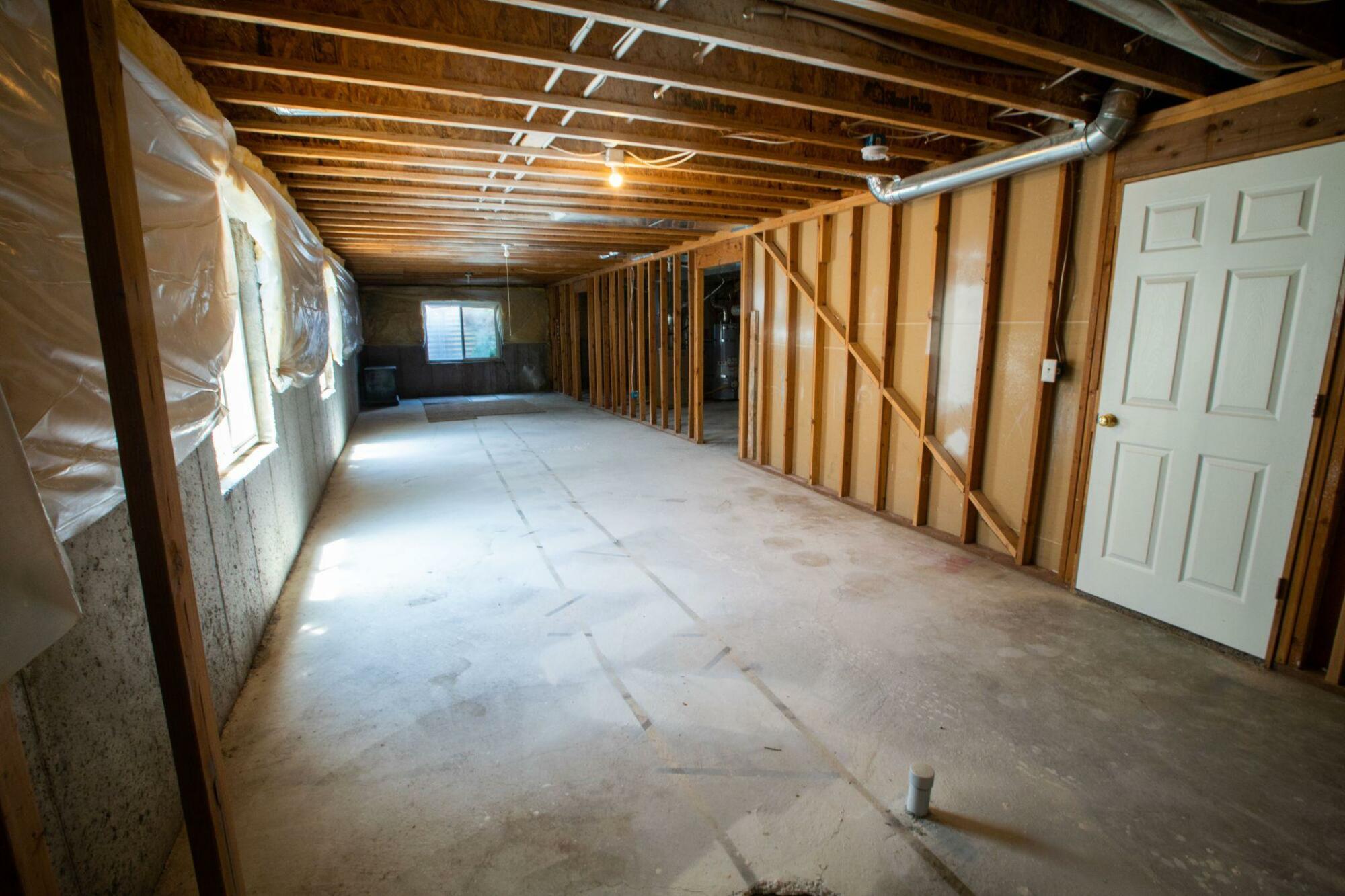
In fact, foundation repairs and waterproofing can be a part of basement underpinning process.
Here is a number of steps that are involved in basement floor lowering:
- Excavation: The first step in basement underpinning is to excavate the soil beneath the existing foundation. This is typically done in sections to ensure the stability of the structure.
- Shoring: Once the soil is excavated, temporary support is installed to hold up the weight of the building above during the underpinning process. This can include steel or wooden beams, hydraulic jacks, or other support systems.
- Underpinning: The new foundation is poured in sections beneath the existing foundation, effectively extending the foundation deeper into the soil. This can be done using a variety of methods, including traditional concrete pouring or the use of precast concrete panels.
- Waterproofing and drainage: Once the new foundation is in place, it is important to ensure that it is properly waterproofed and that drainage is installed to prevent water from entering the basement.
- Finishing: Once the underpinning process is complete, the space can be finished to create additional living space or storage. This can include insulation, drywall, flooring, and other finishing materials.
With that said, it is worth noting that basement underpinning can be a costly and time-consuming process that may require significant excavation and disruption to your home. It is important to work with a qualified contractor who can assess whether underpinning is appropriate for your home and help you understand the costs and benefits involved.
Ultimately, whether basement underpinning is worth it depends on your specific needs, budget, and goals for your home. A qualified contractor can help you make an informed decision about whether underpinning is the right choice for you.
Finally, doing basement waterproofing & underpinning together can superchange your basement and turn it into the favourite place in your house cozy, dry and protected from water intrusion. But all of this starts with basement underpinning & waterproofing!



